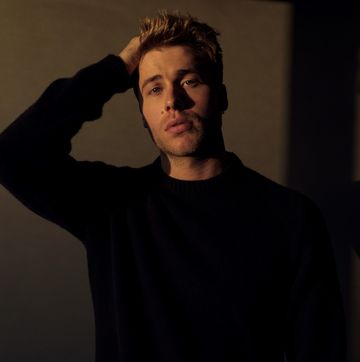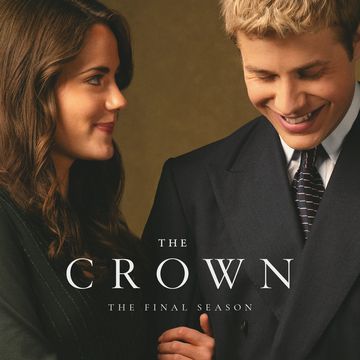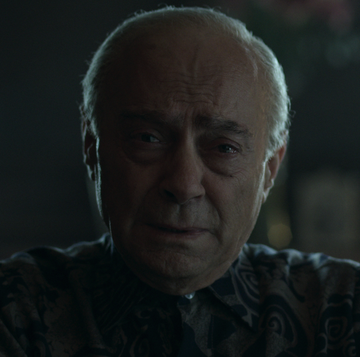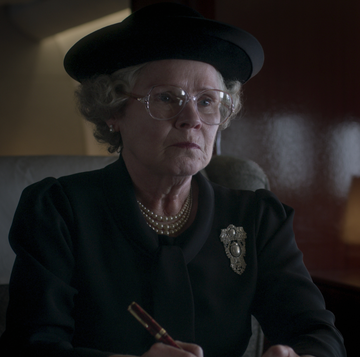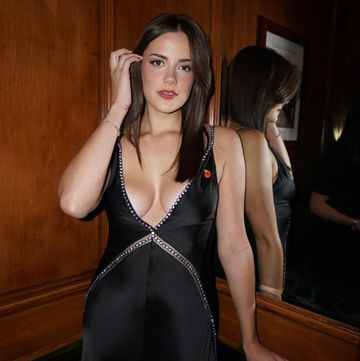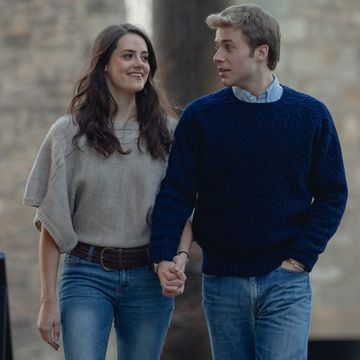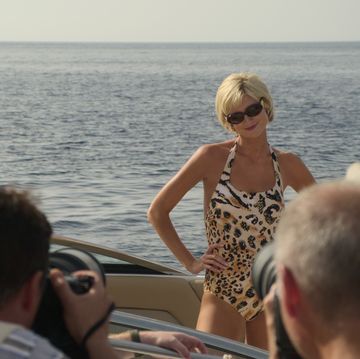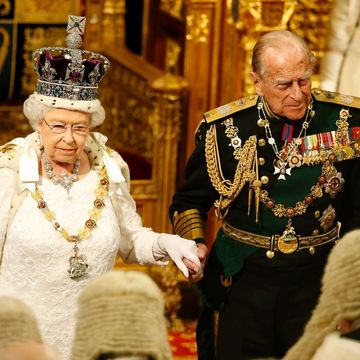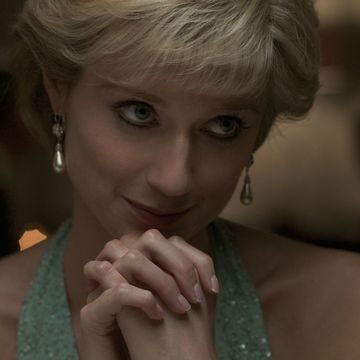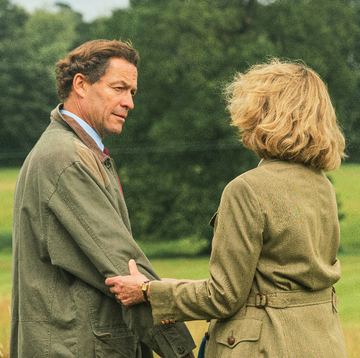One of the most satisfying things about The Crown is the realization that all of the most unbelievable, surely-this-is-exaggerated moments—from that messy love quadrangle to Prince Charles being radicalized at university—are absolutely real. Another such moment from Season 3 comes in Episode 4, when Prince Philip hatches an ill-advised scheme to try and improve the royal family's public image by commissioning what he calls a "documentary," but what we might now call a straight-up reality show.
Unsurprisingly, Keeping Up With the Windsors doesn't go altogether smoothly in its attempts to humanize the family—at best, it's deeply boring. “We’re being filmed watching television,” Helena Bonham Carter's unimpressed Margaret notes at one particularly dull moment during the shoot. “People might watch us watching television on their own television sets at home. This really is plumbing new depths of banality.” As ever, Margaret is spot on. The idea of allowing a film crew to follow the royal family around in order to give the public a glimpse into their real lives might seem smart, and even ahead of its time; but in practice, it was a disaster.
The real 110-minute documentary, produced jointly by the BBC and ITV in 1969 under the title Royal Family, is hard to find—and for good reason. Public reaction to the documentary was overwhelmingly negative, and it was effectively banned after just three airings. Here's everything you need to know about the real doc.
Why was the documentary made?
Per The Independent, this whole ill-fated plan came out of a sense that the royal family was increasingly out-of-step with the public, and hadn't yet found a place for themselves in the "swinging sixties." It was Press Secretary William Heseltine, who suggested the documentary as a way to foster public sympathy and soften the royals' starchy, old-fashioned image. According to BBC's History Magazine, film producer Lord Brabourne (and son-in-law to Philip's uncle, Lord Mountbatten) also helped incept the idea.
The plan was for a film crew to follow the royals around at predetermined times, offering viewers a glimpse behind the curtain and depicting Elizabeth, Philip, and the children as a relatable family with a home life that wasn't so different from the average Briton's. What could go wrong?
What did the real documentary involve?
Over the course of a year, beginning at the Trooping of the Colour on June 8, 1968, the camera crew—led by BBC Documentary director Richard Cawston—followed the family extensively. Out of more than 40 hours of footage, the finished documentary featured a "day in the life" segment centered on the queen, a family barbecue at Balmoral castle in Scotland, a lunch with Richard Nixon (!), and various other behind-the-scenes moments with the royals.
Why was the documentary controversial?
In essence, TMI. When the documentary debuted, it was a huge ratings success, watched by an estimated 75 percent of the U.K., but critics argued that revealing so much about the royal family's lives was at odds with the entire purpose of a monarchy—and the queen reportedly came to agree.
“They realized that if they did something like that too often, they would cheapen themselves, letting the magic seep out,” Robert Lacey, historical consultant on The Crown, told ABC in a 2018 special. David Attenborough, who was controller of the BBC at the time, reportedly warned that the documentary would "kill the monarchy".
The queen even decided not to deliver her traditional Christmas message in 1969, because she was concerned about overexposure, and the documentary was aired for the last time in February of 1972. However, a 90-second clip from the film was exhibited at the National Portrait Gallery in 2011.
How can I watch the real documentary for myself?
We have both bad news and good news on this front. After her change of heart, the queen retained copyright of the film and banned it from further broadcast. "We put very heavy restrictions on it because we realised it was a huge shift in attitude," Heseltine has acknowledged, per The Independent.
In the past, it has been possible for researchers and historians view the documentary at the BBC's headquarters in London in exchange for a fee, and short clips have been used by broadcasters for other documentaries (such as the 2011 Prince Philip project, The Duke at 90). So in other words, you and I are probably out of luck. But here's the good news—you can view various clips from the documentary on YouTube. Don't sleep on the awkward Tricky Dick encounter.


